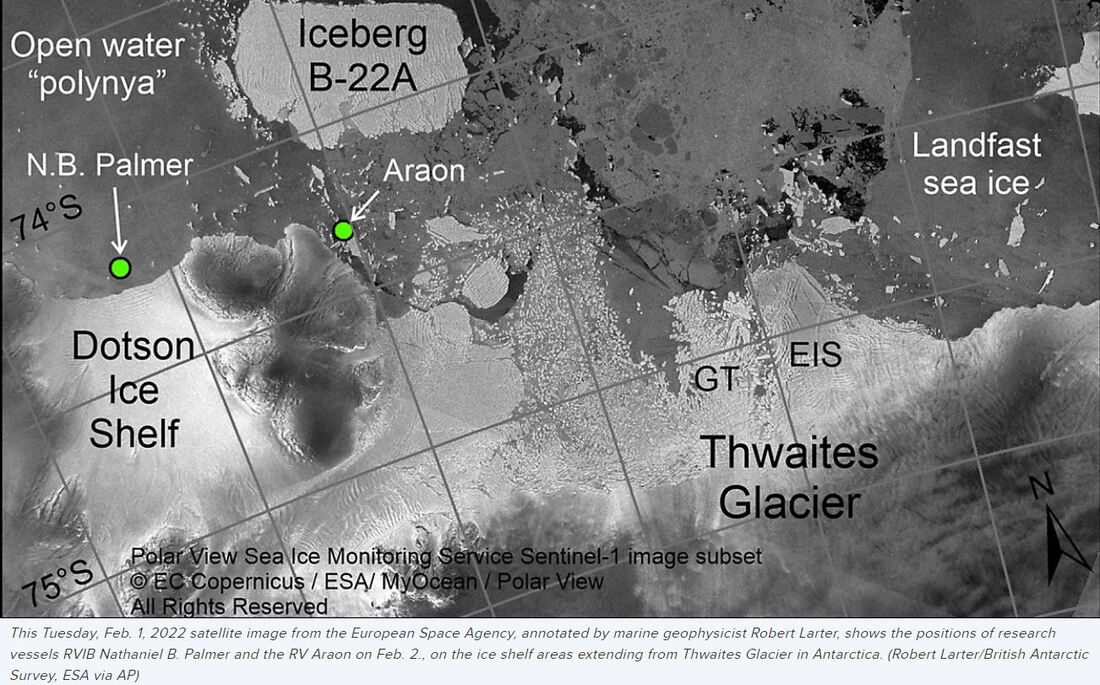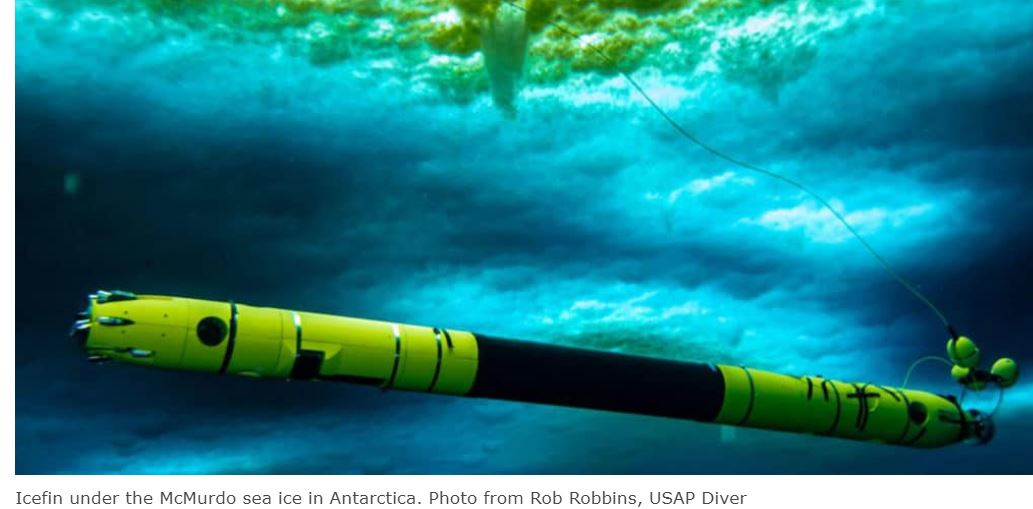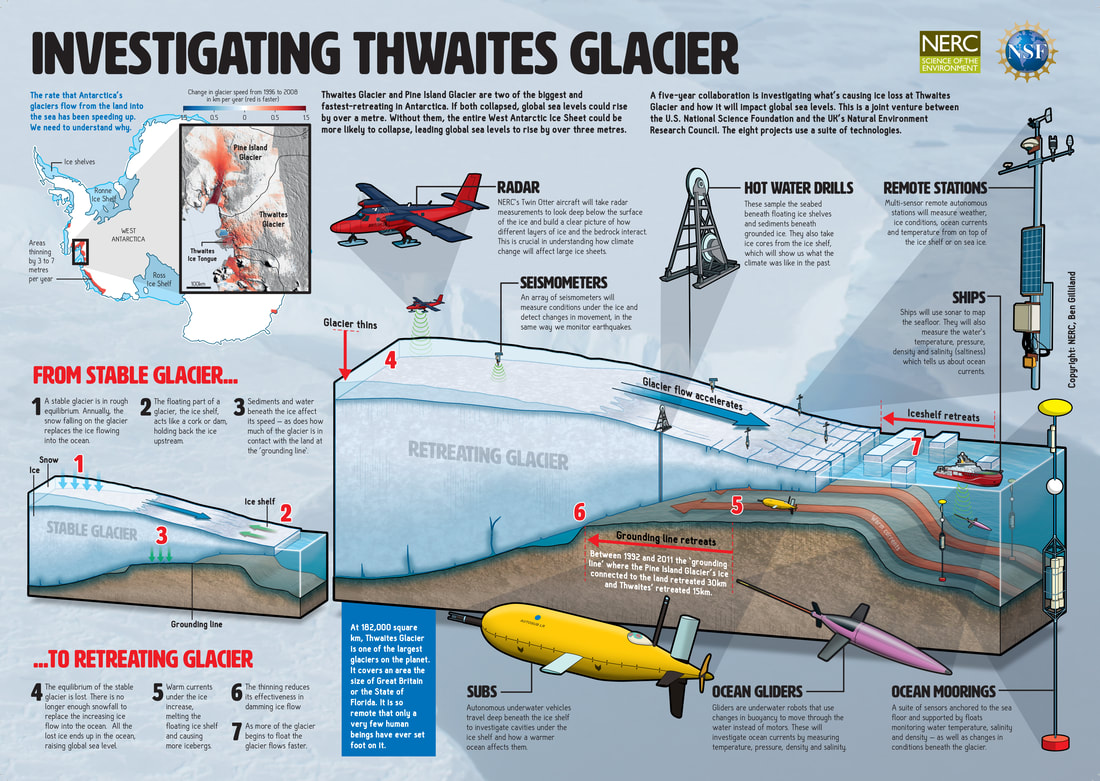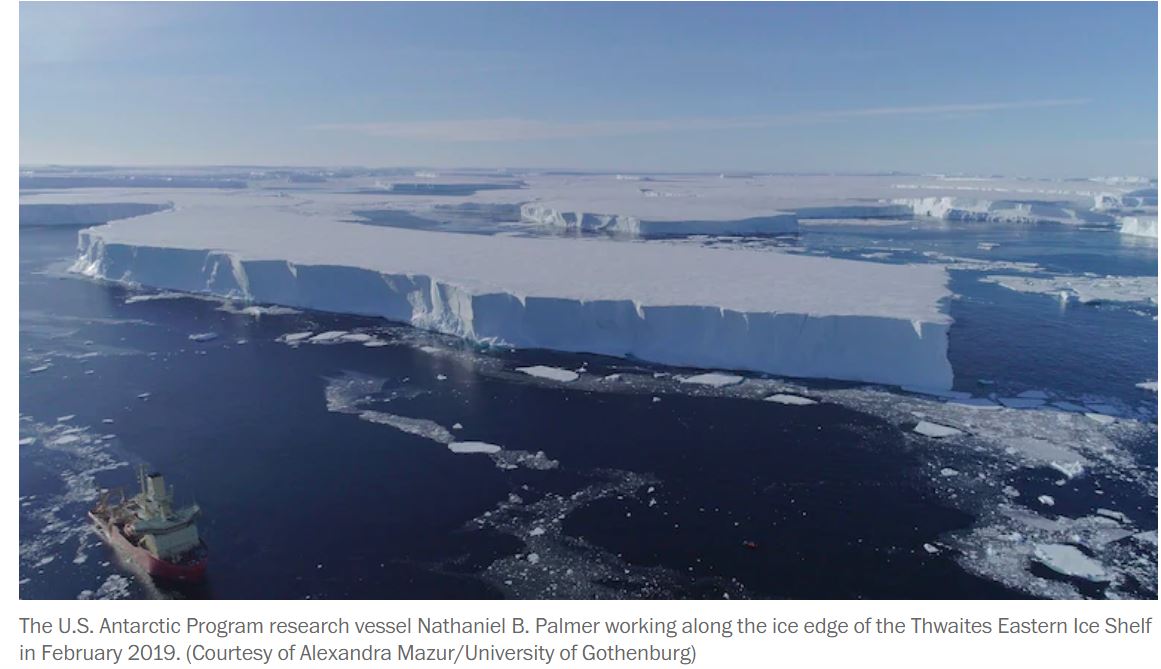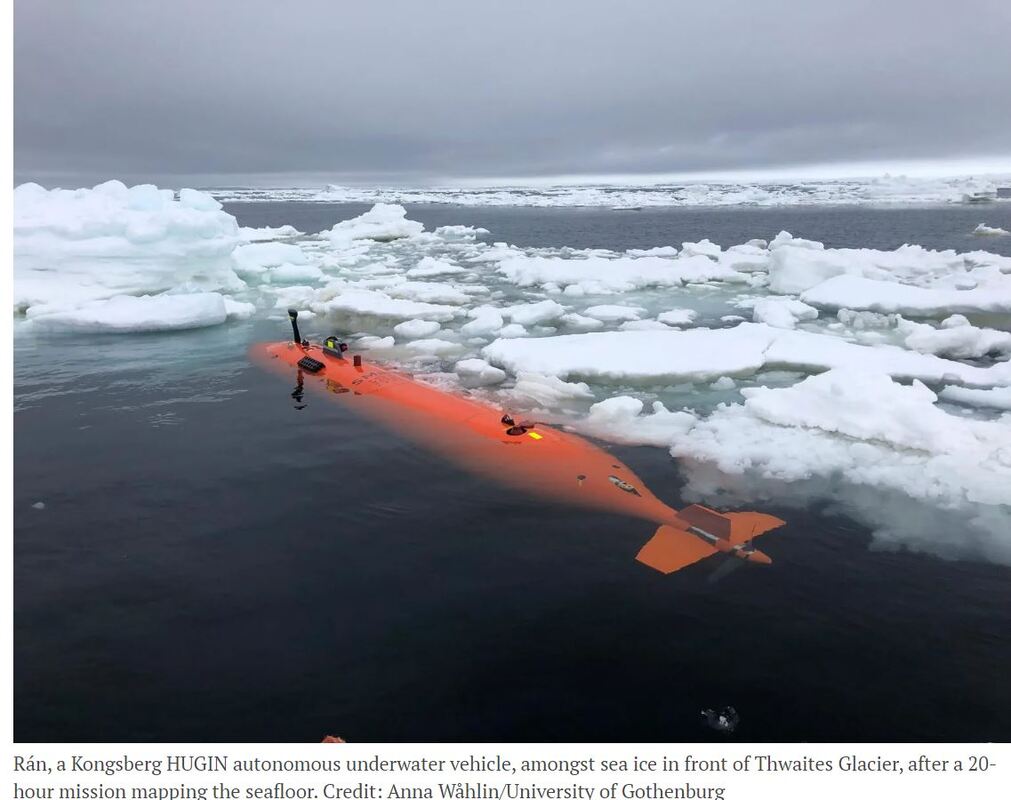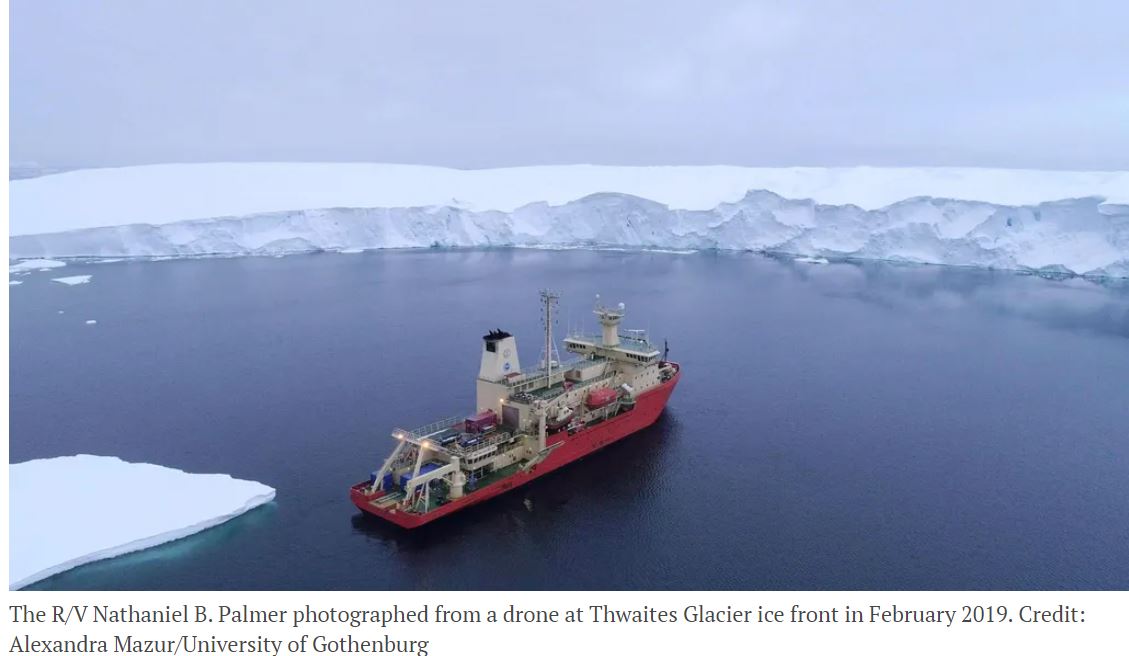07.09.2022
Antarctica's "Doomsday Glacier" Could Raise Global Sea Levels By 10 Feet
Antarctica's Thwaites Glacier, the widest on Earth, is in trouble. The glacier extends out into the Southern Ocean and is losing about 50 billion tons of ice per year, with that loss doubling over the last 30 years. In 2019, NASA scientists discovered a huge cavity beneath the glacier, about two-thirds the size of Manhattan, which could speed up the glacier's demise. This week, researchers mapped the ocean floor in front of Thwaites, showing the glacier had rapidly retreated in the past. This is worrying. If Thwaites melts, sea levels would rise about 25 inches. Its demise could also destabilize the West Antarctic Ice Sheet, which locks away around 10 feet of sea level rise. That kind of melting would be catastrophic. They found that at some point in the past two centuries, the base of the glacier dislodged from the seabed and retreated at a rate of 1.3 miles (2.1 kilometers) per year. That's twice the rate that scientists have observed in the past decade or so. Unlike some other glaciers that are connected to dry land, Thwaites is grounded in the seabed, making it more vulnerable to warming waters as a result of human-induced climate change. Thwaites already accounts for about 4 percent of annual sea level rise. According to the United Nations, more than 40 percent of the world’s human population lives within 60 miles of the coast — areas that will be hit hard by rising tides. Credit: ScienceNaturePage
Poverty deprives people of adequate education, health care and of life's most basic necessities- safe living conditions (including clean air and clean drinking water) and an adequate food supply. The developed (industrialized) countries today account for roughly 20 percent of the world's population but control about 80 percent of the world's wealth.
Poverty and pollution seem to operate in a vicious cycle that, so far, has been hard to break. Even in the developed nations, the gap between the rich and the poor is evident in their respective social and environmental conditions.
Poverty and pollution seem to operate in a vicious cycle that, so far, has been hard to break. Even in the developed nations, the gap between the rich and the poor is evident in their respective social and environmental conditions.

